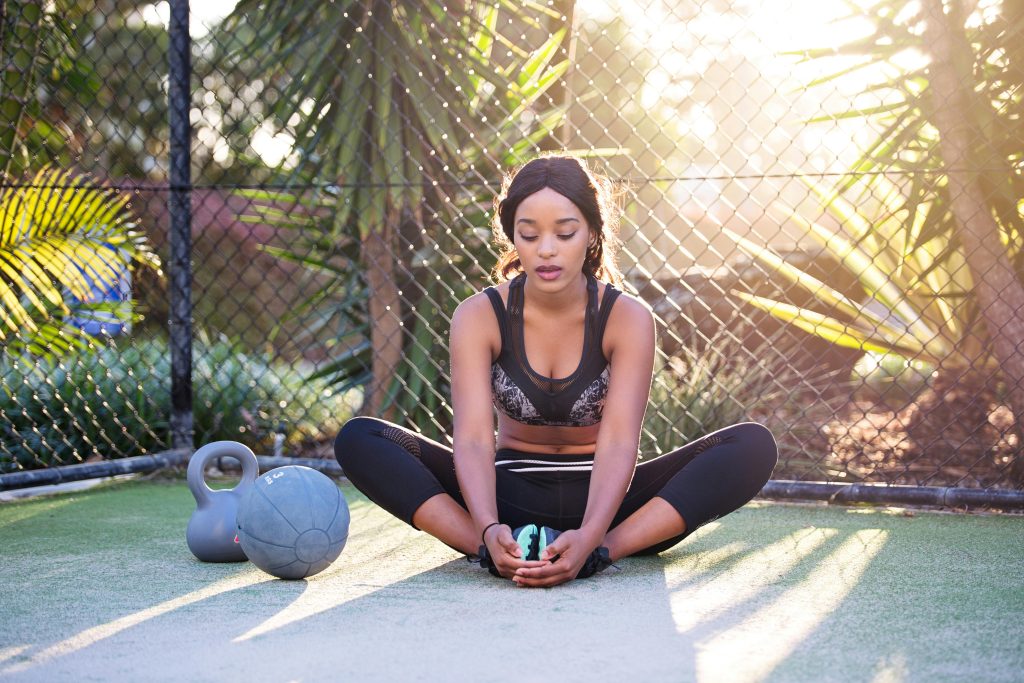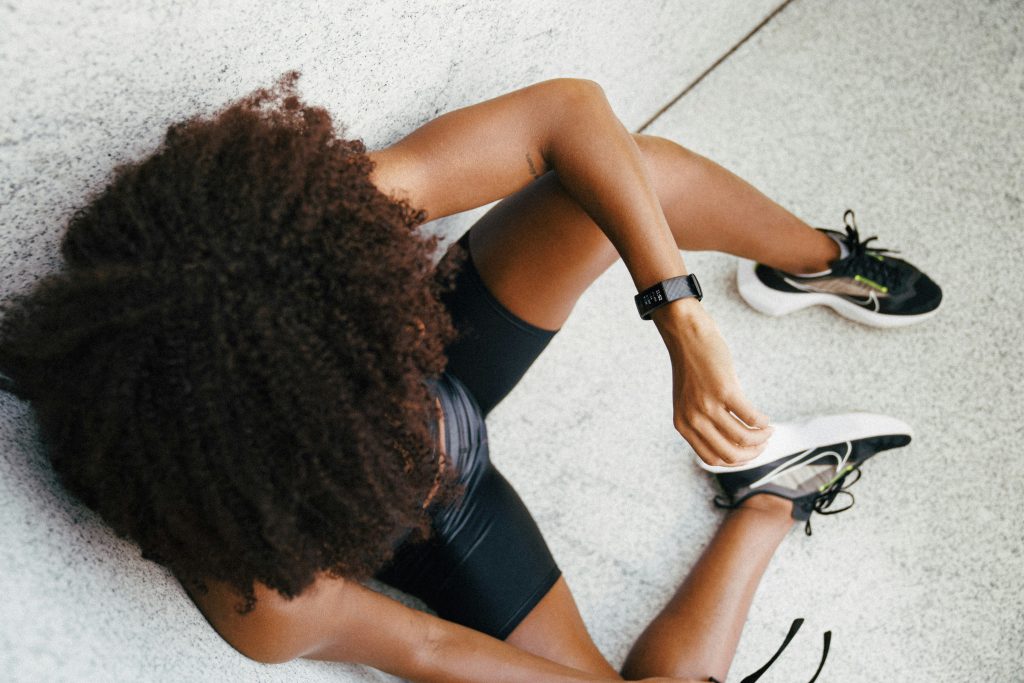If you’ve ever felt like you’re “not a gym person,” there’s a good chance you’ve just been working out at the wrong time of day.
According to Dallas-based fitness coach Eugene Pallisco, timing is one of the most overlooked elements of a consistent fitness routine. Everybody has a different ideal time of day to work out, so it’s essential to find the right fitness rhythm based on your natural energy levels.
“Everyone has a unique circadian rhythm,” Pallisco explains. “When you understand how your body naturally operates, you can align your workouts to when you feel strongest, most focused, and least likely to skip.”
Here’s how Eugene helps clients uncover their ideal workout windows and build long-term consistency around them:
1. Identify Your Chronotype
The first step is figuring out what time of day your body is naturally primed for movement. You will be one of three fitness chronotypes:
- Morning Movers: Early risers who feel most energized within the first few hours after waking.
- Midday Motivators: People who hit their stride after lunch, when the body’s temperature and reaction times peak.
- Evening Energizers: Those who feel a second wind around 5–8 PM, when cortisol dips and tension releases.
If you hate morning workouts, it doesn’t mean you’re lazy. It might just mean your body wasn’t designed for early movement. The key is to pay attention to that rhythm instead of fighting it.
2. Match Workouts to Energy Windows
Once you know your chronotype, the next step is tailoring workouts to that window. Here’s how timing can enhance results:
- Morning: Best for cardio and focus-based activities like running, swimming, or yoga. Testosterone levels are naturally higher, supporting fat burn and goal-oriented routines.
- Midday: Great for strength training and power-based exercises. The body is fully warmed, reaction time is sharp, and muscles are more pliable.
- Evening: Ideal for longer endurance workouts or de-stressing movement like cycling or high-rep weight sessions. Motivation also tends to rebound here.
Pallisco encourages clients to experiment for one to two weeks at each time slot, tracking how their bodies feel afterward. “You’ll know when you’ve found your sweet spot,” he says. There’s less resistance and more flow.”
3. Build Habits Around Your Body Clock

Once your best workout window is identified, your next step is to integrate that rhythm into your routine.
This involves treating workout times like appointments by blocking them on the calendar, ensuring proper fueling before and after exercise based on the time of day, and using strategies like light exposure and good sleep hygiene to keep the body clock aligned.
Morning exercisers benefit from natural light exposure right after waking, which helps boost alertness and supports their circadian rhythm.
In contrast, those who train in the evening may need to prioritize a wind-down routine, like taking magnesium and avoiding screens, to prevent post-workout stimulation from interfering with their sleep.
4. Stay Flexible, But Not Random
Pallisco quickly notes that flexibility is essential, especially for busy professionals or parents. But randomizing your daily workout times can throw off your rhythm, leading to more skipped workouts and lower energy.
Even if you can’t work out at the same time every day, try to stay within a consistent window, like mornings before 10 AM or evenings after 6 PM. That way, your body starts to expect the activity.
About Eugene Pallisco
Eugene Pallisco is a certified personal trainer and fitness entrepreneur based in Dallas, Texas. Known for his personalized, holistic approach, Pallisco helps individuals unlock their full potential through tailored fitness programs that align with their lifestyle, mindset, and goals.





















